Another Day in the Emperor’s Port
Bonjour tout le monde! Following the high-flying adventures of February, March has been quite an uneventful month. Now that we’ve finished travelling around and settled back into our studies, we’re less focused on exploring and more on our daily routines. I thought I’d use this blog post to share more about my day-to-day life in Tianjin.
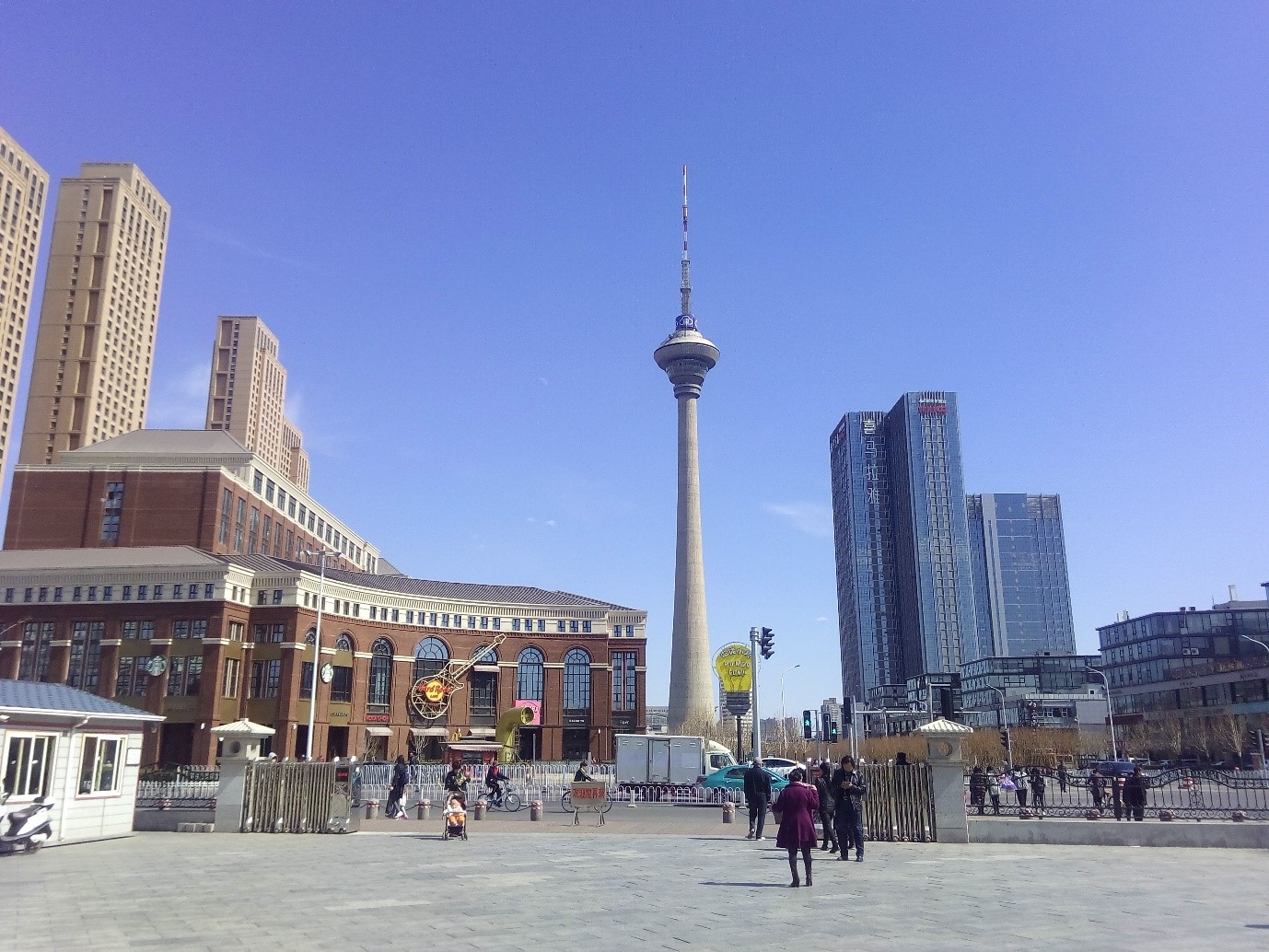
A typical day for me starts at 6:30am. If my alarm doesn’t wake me up, the outside world probably will. Every morning an elderly lady cycles round our neighbourhood chanting “eeeeiiii-aaaah!” (I still haven’t a clue why); there’s also a primary school next door where kids do loud outdoor morning exercises, usually singing the national anthem or dancing to pop music. If I manage to sleep in on the weekend, I’m sometimes woken up by the housekeepers, who come into the room unannounced to change the bins and bedsheets (not the best social encounter to start the day!)
For breakfast I’ll usually have a bowl of oatmeal with coffee. A full Chinese breakfast is available in the canteen, but I feel it’s best to keep culture shock to a minimum first thing in the morning. After breakfast, I’ll grab my schoolbag and head to the other campus for class – a twenty-minute cycle ride away.
If I survive the morning traffic, I’ll arrive at class around 8:30am. Our timetable is split into four subjects: comprehensive, speaking, international business and guó qíng. In comprehensive class we’ll read a text in Chinese and either talk or write about it, studying new words and grammar points along the way. In speaking we focus on improving our spoken Chinese, involving class discussions and debates (recently we debated about whether the world would be a better place if no one could tell lies). In international business we learn about basic business concepts in Chinese (cost, profit, GDP, globalisation, etc.) and vocabulary which could be useful for future work. My favourite class, however, is guó qíng, where we learn all about China (the geography, history, culture, politics, etc.) in Chinese. The class is especially interesting since I’ve already travelled to different parts of China and witnessed the different landscapes and cultures, so now I’m gaining a better overall understanding of the country.
In guó qíng class, one of the students must give a presentation on their own country once a week. This has been a good opportunity to learn about my classmates’ countries, such as Russia, Thailand, South Korea and Georgia. At the end of March, I gave a presentation on the languages of the UK, in which I told the class about Celtic languages like Welsh, Cornish and Gaelic – which no one had heard of – and taught them a few Gaelic phrases I remembered from high school. I was pleasantly surprised when some Thai students greeted me with a friendly “madainn mhath!” the next time they saw me.
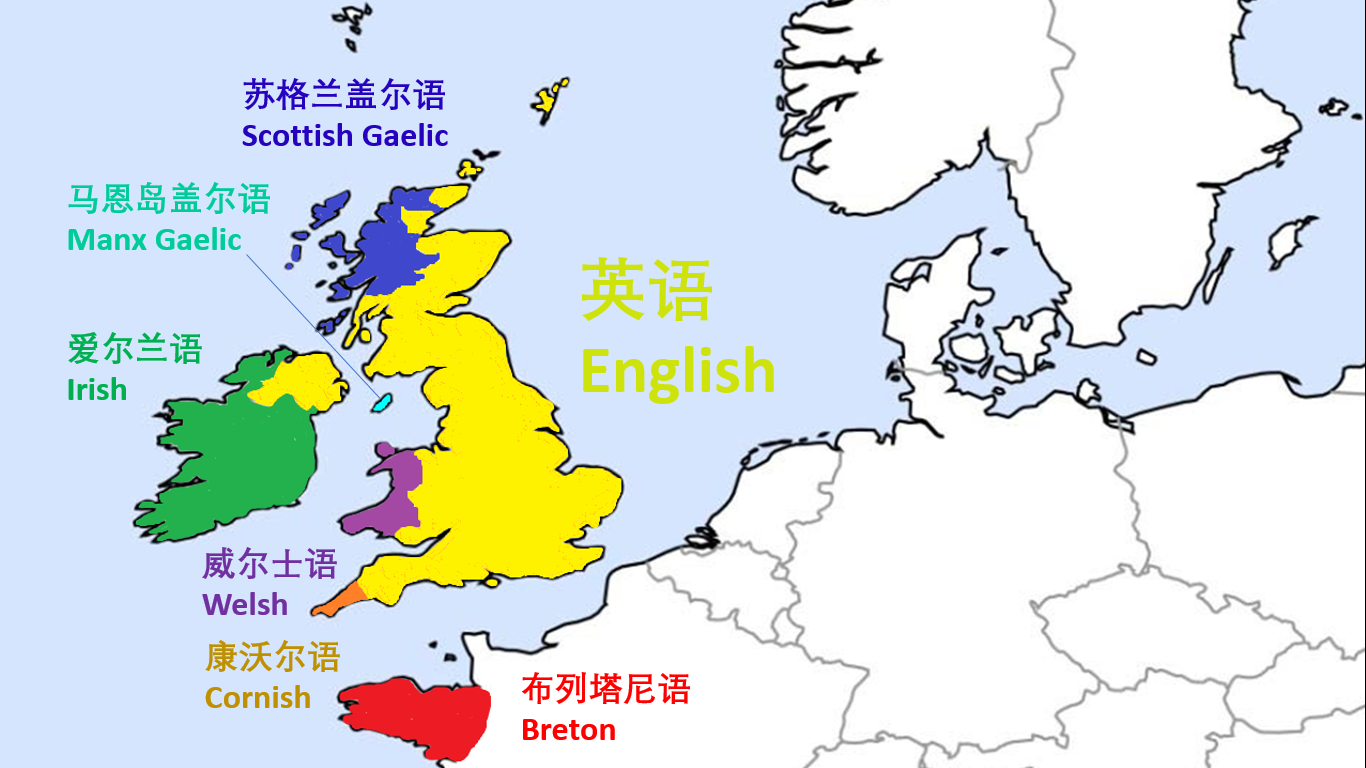
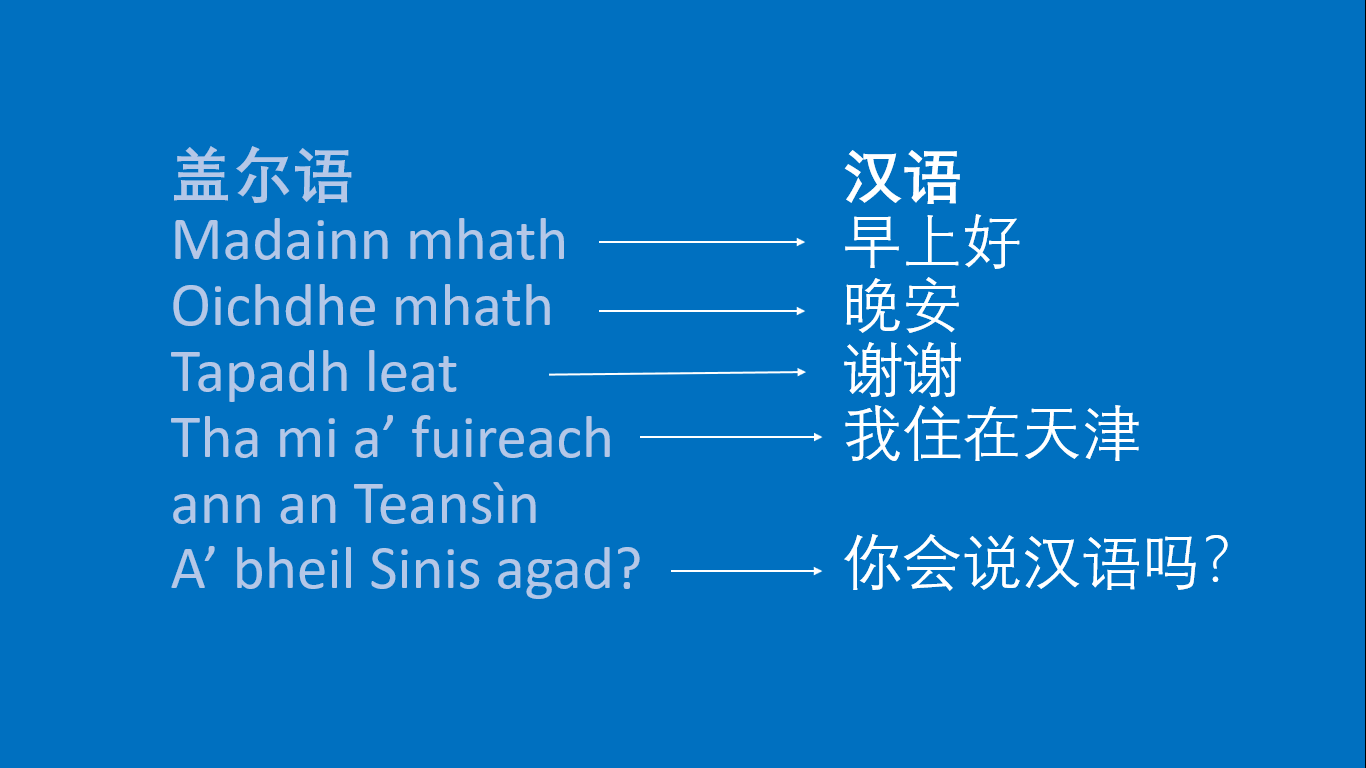
After class ends at 12:05pm, there are many different options for lunch, however I usually end up getting something with rice or noodles. One dish we’re all fond of is kung-pao chicken (宫保鸡丁) – chicken pieces with vegetables and peanuts served in spicy sauce – and it’s my default option when I don’t feel adventurous. Payment is almost never in cash, as mobile payment through apps like WeChat and Alipay is so widespread. Even the shabbiest of street food stalls and hole-in-the-wall restaurants will have a QR code for you to scan and pay.
The rest of my day is usually just free time: I can do some studying, go to the gym, go out for dinner with friends or make plans for travels at the end of the year. On Friday evening I have a weekly dinner with friends from Taiwan, Indonesia and Malaysia (this is the part of the week which will often benefit my Chinese the most), and I go to two services at the international church on Sunday – one for English speakers and the other for Chinese-speaking foreigners.
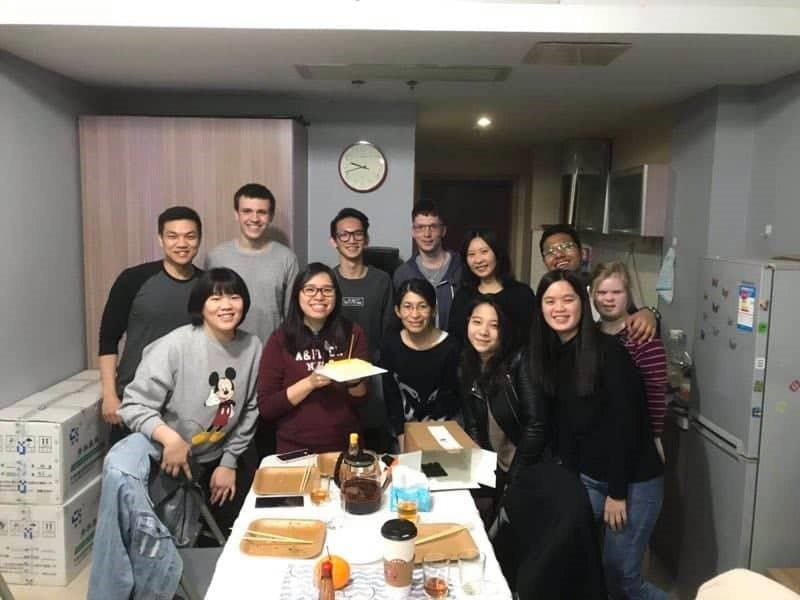
Although life in China feels a lot more ordinary than when we first arrived, we’ve still taken the opportunity to explore from time to time. At the start of March, my roommate Jack and I went to Binhai, one of the outermost districts of Tianjin, near the port. At first, we took line 2 of the metro all the way to Binhai airport, only to realise that we needed to take line 9 instead if we wanted to visit the actual Binhai district. This meant a lengthy detour back to Tianjin Railway Station to change lines.
We eventually arrived at TEDA (Tianjin Economic-Technological Development Area) and took a taxi to Binhai Library, famous for its futuristic architecture. The architecture was indeed impressive, but unfortunately none of the books were real – they were just painted onto the shelves. It seemed that most people hadn’t come to read but simply to take selfies with the abstract interior design. Fortunately, though, we found a room with real books on the fifth floor, where we sat down and spent a few hours quietly reading. After a KFC dinner (for lack of any healthier options in the vicinity), we took the metro back to our accommodation.
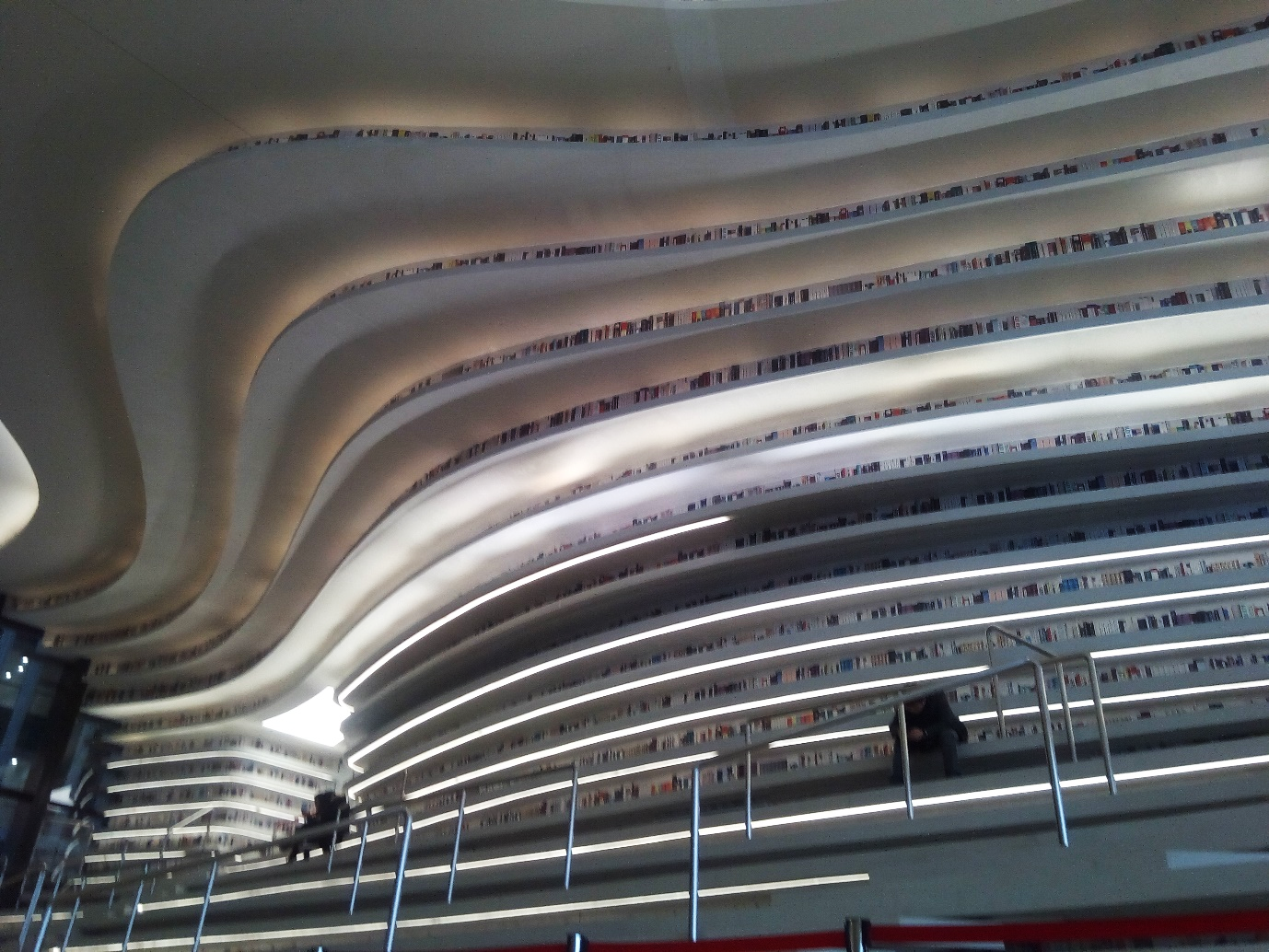
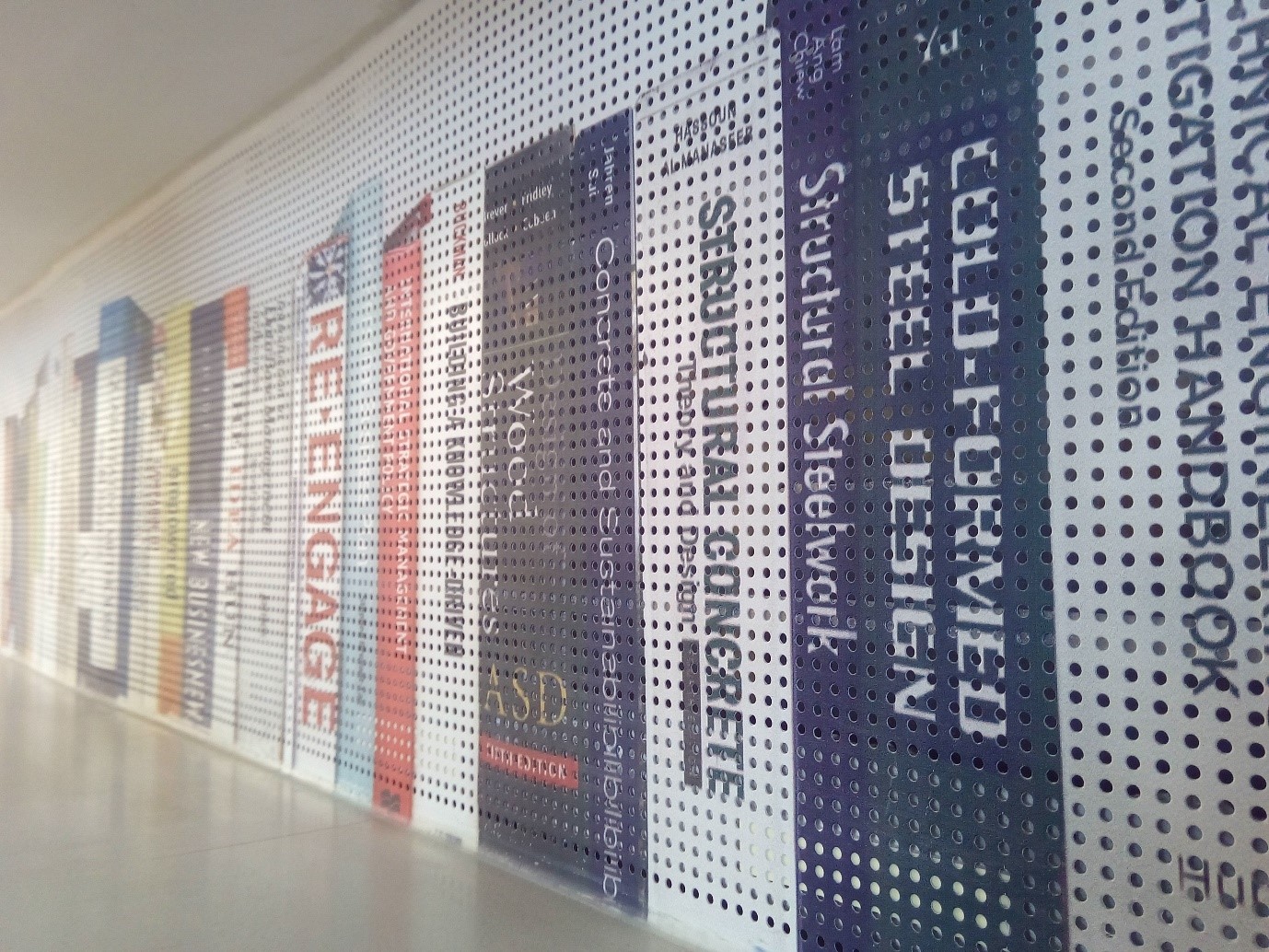
With all the speedy metro lines, 6-storey shopping malls and space-age libraries, Tianjin certainly feels like a city of tomorrow. But it wasn’t always like this. Some of my friends who’ve lived in Tianjin for a while tell me that 30 years ago, there wasn’t a single car on the roads – only bicycles; there were only a handful of high-rises in the whole city; there were no supermarkets – instead, everything was sold over the counter. And if you wanted to buy toilet paper, you had to go to Beijing – a journey which took a good few hours each way. It goes to show how much China really has come forward in recent years.
Overall, not much exciting happened in March – I actually spent a lot of March and April writing down my travels (hence why my blog is a few months behind) – but even from the things in ordinary life which are easy to overlook, there can still be much to learn.
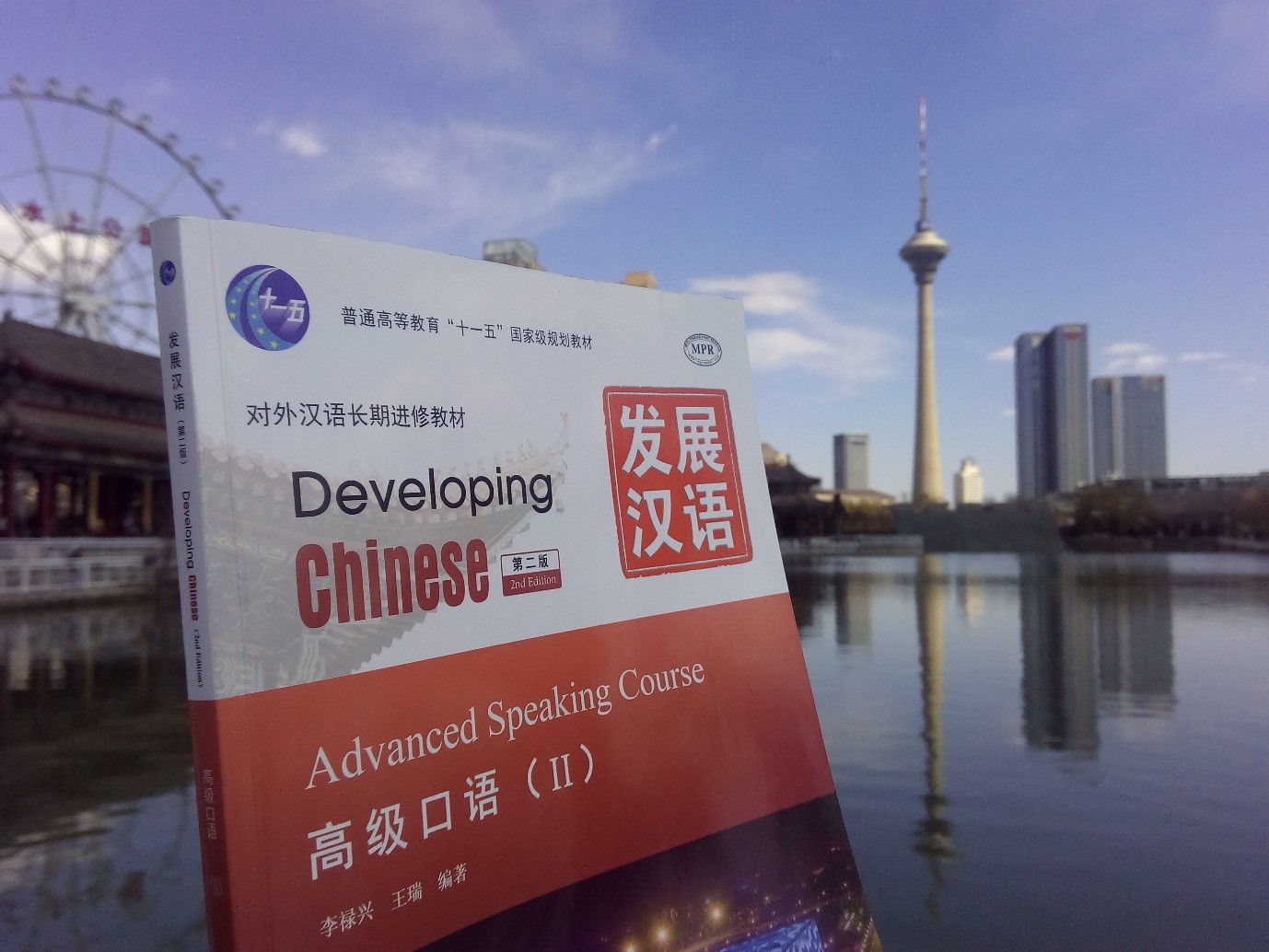
麦亚伦
Arran